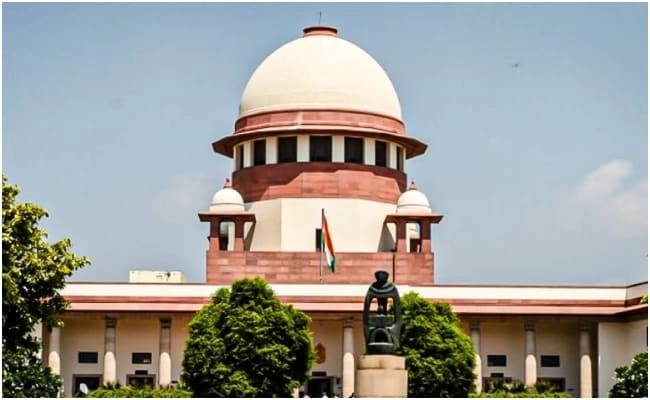The Supreme Court has recently addressed a significant plea concerning the Rohingya refugees, who are often perceived as a marginalized group due to their tumultuous history and ongoing plight. The matter at hand involves allegations that these refugees were intentionally dropped into the Andaman Sea. This situation raises critical questions about human rights, state responsibilities, and international obligations toward displaced persons. The Rohingya, a Muslim minority group from Myanmar, have faced decades of persecution, prompting many to flee their homeland in search of safety and a better life. The Supreme Court’s attention to this plea underscores the gravity of the issue and the need for a thorough investigation into the claims made.
In the proceedings, the court highlighted the complexities surrounding the treatment of Rohingyas and the broader implications for regional stability. The allegations of refugees being abandoned in the sea not only reflect a potential violation of their rights but also speak to the responsibilities that nations have toward individuals seeking asylum. The court’s engagement with this plea may pave the way for a more profound examination of how countries in the region address the influx of refugees and the measures taken to protect their rights. The plight of the Rohingyas is not merely a national issue for Myanmar but a humanitarian crisis that requires a coordinated response from the international community.
Moreover, the Supreme Court’s involvement signifies a shift in the judiciary’s role in addressing refugee issues, as it seeks to uphold the rule of law and ensure that human rights are not overlooked in the face of political or social challenges. The court’s decision to hear this plea could potentially lead to landmark rulings that establish precedents for how refugee cases are handled in the future. As the world watches closely, the outcome of this case may influence policy-making not only in India but also in other nations grappling with similar dilemmas regarding displaced populations. Ultimately, the court’s actions reflect a growing recognition of the need to prioritize humanitarian principles and safeguard the rights of those who are vulnerable and in need of protection.




